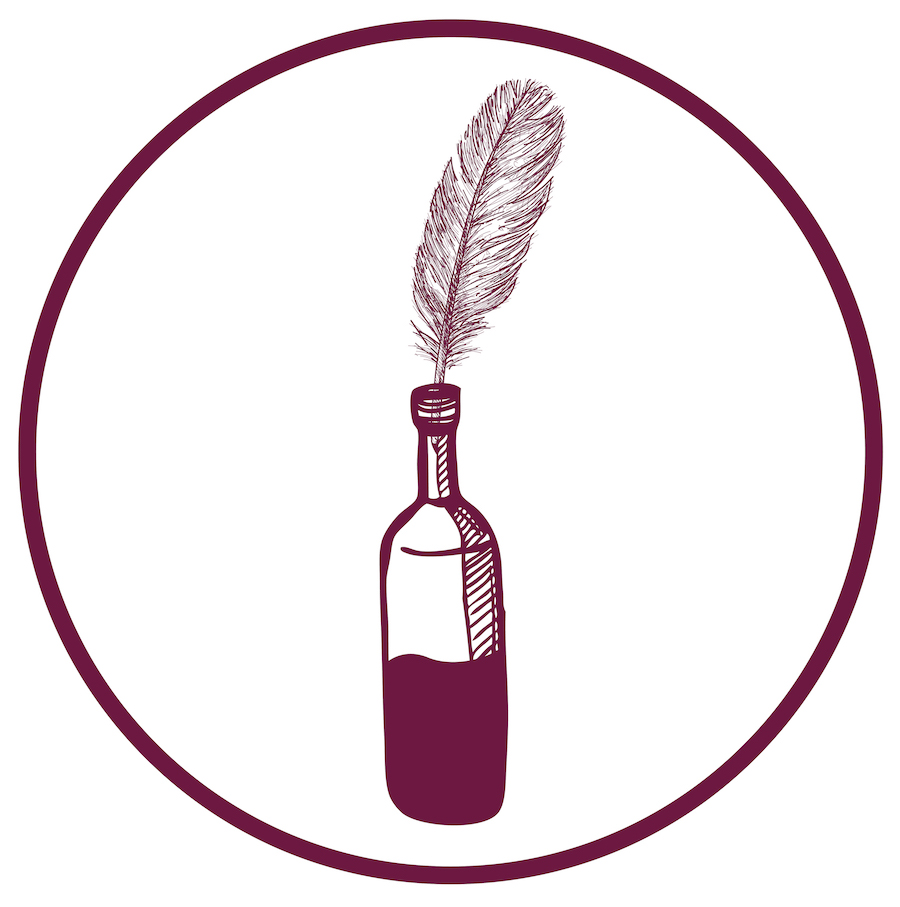Updated December 2021
Is there wine made in Brazil?
In our latest edition of Winery Spotlight, we’re focusing on a region of the world not known for their grape growing. Most wine attention in South America gets directed towards Argentina or Chile. However, Brazil produces over 80 million gallons of wine per year!
We were recently introduced to Lucas Zillo, Winemaker at Vinícola Refúgio located near Sao Paulo, Brazil. He shared some fascinating vineyard management practices that are gaining popularity in this area of the world.
Where grapes grow in the world
Let’s back up a bit. The most common species of grape vine, vitis vinifera, grows best between 30 deg and 50 deg latitude in both the northern and southern hemisphere.

Familiar wine regions like France, Italy, Spain, USA, Australia, New Zealand and Argentina are all positioned well within this range; you’ll notice that Brazil is not. Thus, it’s not surprising that you may never have heard of quality wine being produced in South America’s largest country.
The short answer to why grapes don’t grow well outside of these regions is climate – humidity, too much rainfall, too hot etc.. That’s why we were so intrigued to hear how Vinícola Refúgio is producing quality wine.
Southern Hemisphere harvest
Harvest in Brazil is typically in the Summer months (December – Feb in southern hemisphere), which normally has a lot of rainfall. If you’re a winemaker, you do not want rainfall during and around harvest.
Why? The grapes bloat, diluting the sugar, acids within the grape which contribute to the overall flavor. On top of this, if the grapes don’t have time to dry out, there’s a greater risk of disease and rot. Furthermore, the absence of sunlight limits the full ripening potential of the grape before picking.
Enter the Double Pruning technique
Seeing an opportunity, the Agriculture department at the University of Lavras in Brazil performed an experiment from 2004 – 2006: what would happen if they manipulated the vine to be ready for harvest in the winter (less rain) versus the traditional summer (more rain).
Typically vines are pruned once in the winter after harvest, preparing them to bear fruit and pick ~9 months thereafter. In this experiment, vines were pruned in winter per usual but then again in the summer before harvest. This caused the vines to miss out on the typical harvest date, but moved their new harvest date to the winter / spring (June – Sep), where there is much less rainfall.
The result
Vines that were double pruned showed greater photosynthesis rates, better ripening, increased fruit clusters and greater production per vine. There was also a higher sugar content observed in the grapes harvested during the winter, not because of the photosynthesis from captured by the leaf and passed to the fruit, but because of the smaller grape size (less bloating from rain), giving the smaller berries a greater solute to solvent ratio. As expected, grapes harvested in the winter showed higher acidity content due to the lower overall temperatures.

The aftermath
Over the past ten years, this double pruning method has been adopted amongst producers like Vinícola Refúgio in São Paulo and Minas Gerais states (Southeast). Lucas points out that they are demanding more from the vines with this method, and as a result, add organic compost twice a year.

About the winery
- Currently producing under 600 cases annually with plans to grow to 4,000.
- Syrah, Merlot, Cabernet Sauvignon, Pinot Noir, Chardonnay and Sauvignon Blanc.
- Over 30 acres planted with plans to expand to over 100.
- Both white and red varietals are hand harvested and put through a minimal interference cellar program.

We are excited to one day try wine from this producer and want to give a big thank you to Lucas Zillo for sharing these practices. For more information on the double pruning technique, you can download the full University of Lavras experiment here





